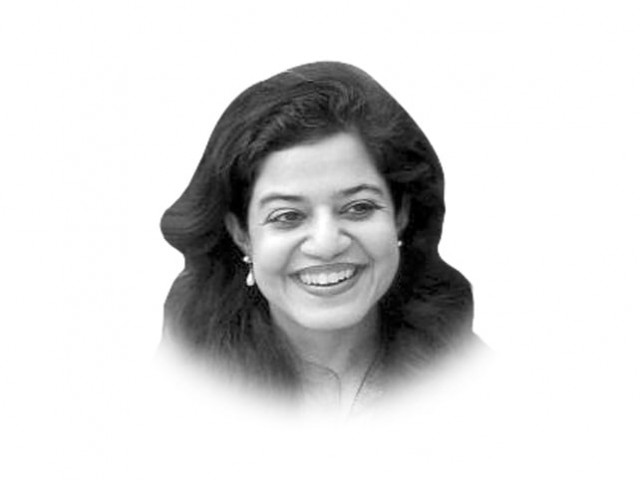The road much travelled
Abidi says Pakistan prefers immediate comfort over our future, while India opts for austerity for a better future!

The road much travelled
Mr Abidi’s first stop was the city of Ambala, which had figured in all historical accounts from the Mughals to the British Raj: according to some sources, such was the centrality of the city to the Raj that the first telegram announcing the outbreak of the war of 1857 was received at Ambala Cantonment. Mr Abidi particularly relished his visit to the Sayeen Tawakkul Shah Mosque in Ambala, where he met two Hindu boys laboriously learning Urdu, not only for their trade (they were commission agents whose records were maintained in Urdu) but also for the love of the language. This mosque also had the distinction of continuing almost uninterruptedly as a place of worship. After Partition, it had been converted into a hostel for Muslim girls but was soon reverted to its original purpose.
Beyond Ambala, Mr Abidi’s bus passed through expansive plains bearing silent witness to history. He passed the town of Thanesar (renamed as Kurukshetra), which had, in its day, not only given way to Mahmud of Ghazni in his expeditions into India but, earlier still, had laid itself down for epic battle between the Korus and the Pandus. He stopped briefly at Karnal and visited an old haveli as well as a dargah, which bore a sign welcoming people from all faiths. He reminisced about the town of Panipat, which had at one time been a stronghold of Muslims. One elderly resident recalled that Mahatma Gandhi had come to the town before Partition and had urged the Muslims to remain in their homes. The Muslims, however, were eager to migrate to the Promised Land! Din Mohammad, a simple villager from the area, still recounted undertones of tension between the Muslim and Hindu communities, leading Mr Abidi to wonder if the Mahatma’s audience had not, perhaps, chosen wisely.
At long last, Mr Abidi reached Delhi, which appeared to have recovered from the then recently held Asian Games, the 1984 Sikh insurgency and the assassination of Indira Gandhi. He headed almost directly for the Jamia Masjid, through roads and streets crowded with traffic, human rickshaws and people. He met Lala Amarnath, whose seven generations had lived in the shade of the masjid, as well as Habibur Rehman Saifi, a welder who had squeezed his entire family of 10 into a house barely large enough for one man. More important than meeting these people, he absorbed the ambience of the mosque made lively by food vendors of every ilk and sanctified by whispered prayers in its hallowed halls and courtyards.
Mr Abidi was keen to see Sher Shah’s Dilli and found old city gates near Feroz Shah Kotla as well as ruins of an old fort and a mosque built by him. He also visited the nearby tomb of Humayun, which was built by his wife Haji Begum some years after his death and which, subsequently, not only formed a resting place for countless other Mughal princes and princesses but also the final sanctuary for Bahadur Shah before he was arrested by the British and deported to Rangoon. Standing amid these ruins, Abidi marvelled at this glorious Dilli which, according to legend, had been destroyed and rebuilt seven times — and, in reality, perhaps even more — and which formed the seat of government for the Mughals as well as the Raj, and had throughout retained its splendour, vivacity and unique place in history.
(To be continued)
Published in The Express Tribune, November 30th, 2011.















COMMENTS
Comments are moderated and generally will be posted if they are on-topic and not abusive.
For more information, please see our Comments FAQ